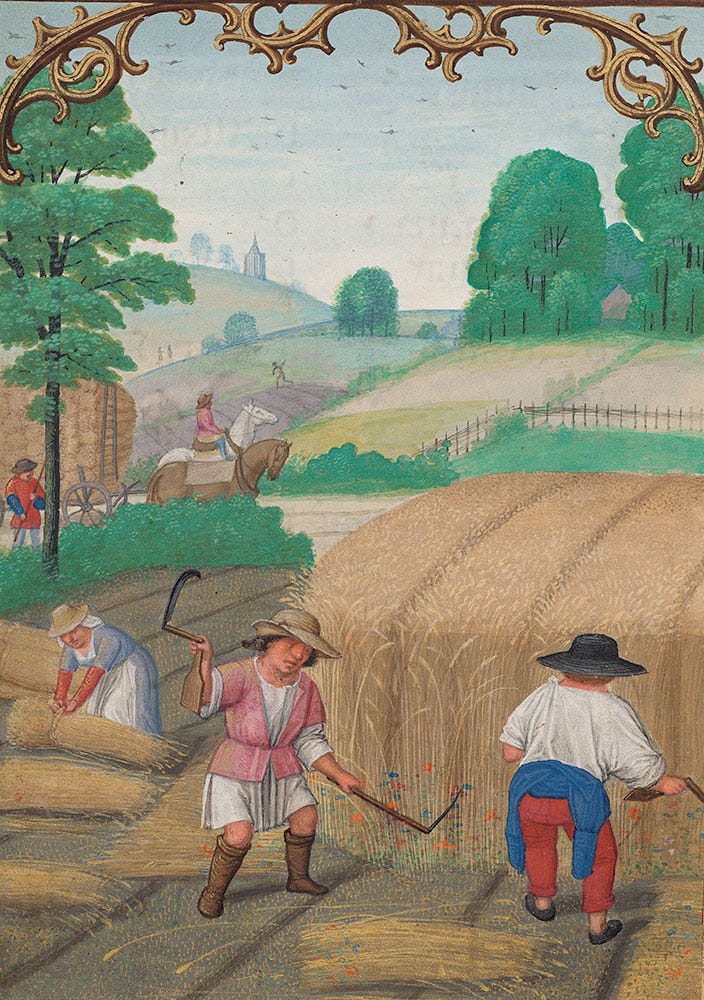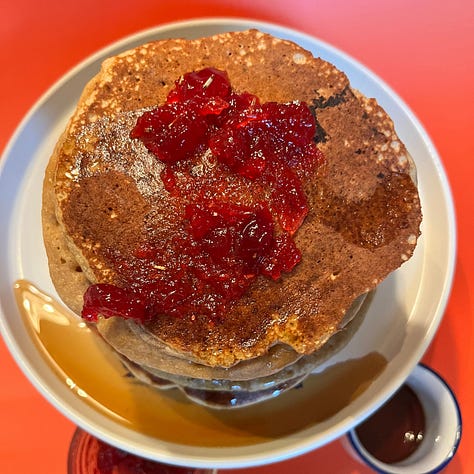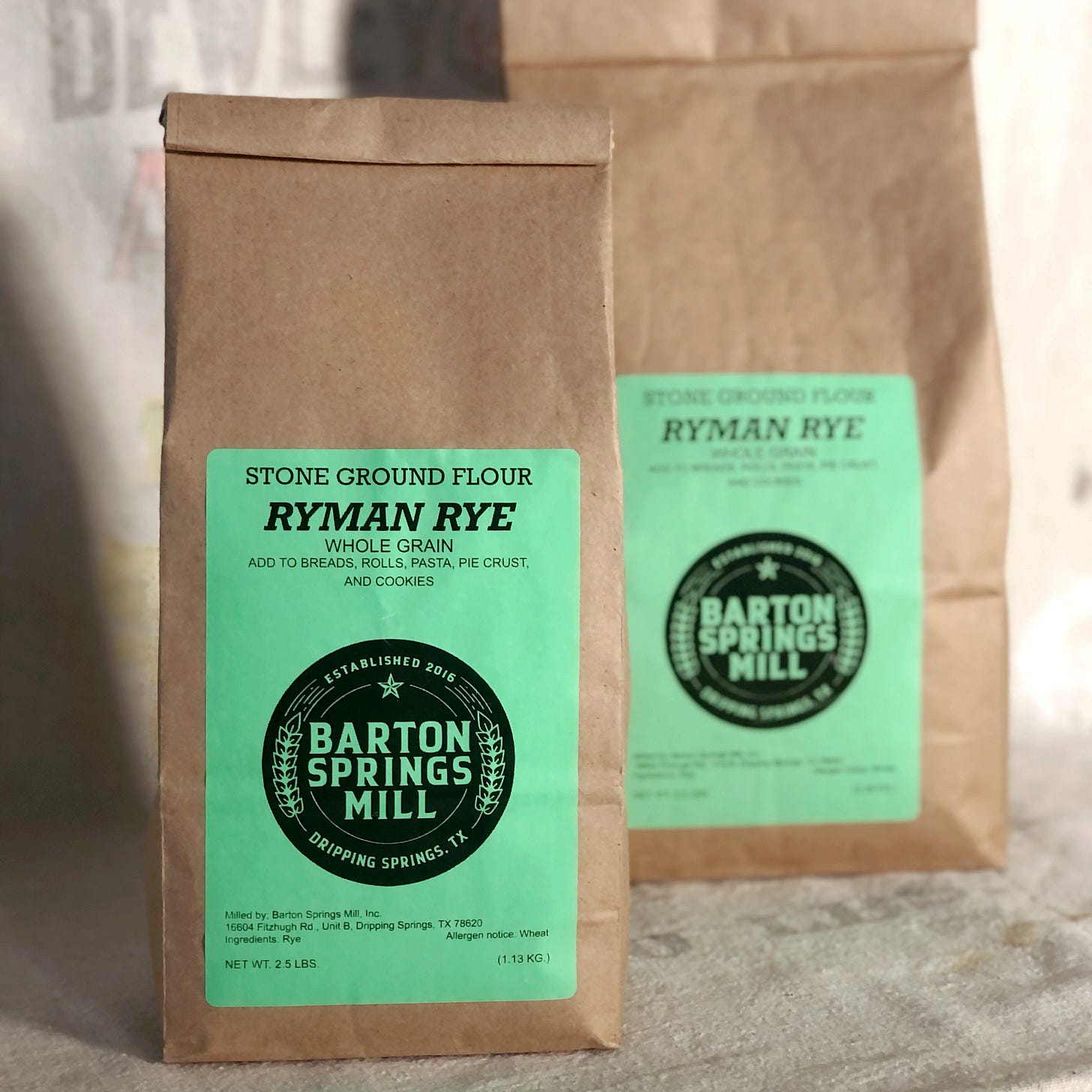The Mini History of Rye
Rye, a grain often overlooked in modern baking, is experiencing a remarkable renaissance thanks to artisanal millers and innovative bakers.
As we celebrate "Ryevember" - a month dedicated to exploring the versatility of rye flour in baking - here is the history and key techniques to help you achieve better results with this unique grain.
The Rich History of Rye
Deep in the heart of Northern Europe's harsh climates, rye first emerged as a humble weed in wheat fields before ancient farmers recognized its exceptional resilience. Unlike its more demanding cousin wheat, rye thrived in poor soils and survived brutal winters, becoming the backbone of Nordic and Eastern European baking traditions. From the dense, aromatic loaves of German pumpernickel to the tangy sourdough ryes of Poland, this grain has nourished generations.

The Modern Rye Revival
Today's artisanal millers, like Barton Springs Mill, are championing specific rye varieties, each with its own character. Their stone-milling process, using traditional Austrian mills, preserves the grain's natural nutrients and complex flavors often lost in industrial processing. Ryman Rye, a variety preserved through generations of Southern farmers, offers a perfect balance of flavor and functionality that modern bakers are rediscovering.
Understanding Rye’s Unique Properties
What makes rye truly special is its unique composition. Unlike wheat, rye's structure is dominated by pentosans (complex sugars) rather than gluten proteins. This means:
Enhanced moisture retention for longer shelf life
Deeper, earthier flavor profiles
Higher fiber content and better nutritional value
Natural sweetness that intensifies when baked
Essential Technique’s When Baking With Rye

Mastering Hydration
Keep extra liquid handy - rye absorbs more water than wheat flour
Allow batters to rest briefly before final adjustments
Expect and embrace a slightly stickier dough
Use room temperature ingredients for best results
Mixing Methods
Cream butter and sugar thoroughly (3-4 minutes) for proper structure
Alternate wet and dry ingredients in batches
Stop mixing once ingredients are just combined
Avoid overmixing to prevent density
Temperature Control
Ensure all ingredients are at room temperature
Butter should be soft enough to leave a slight indent
Cool baked goods completely before storing
Flavor Pairings
Rye's complex character pairs beautifully with:
Dark chocolate (enhances depth)
Bananas and fruits (complements natural sweetness)
Warm spices like cinnamon and nutmeg
Brown sugar and honey
Rich nuts and seeds
Beyond Traditional Breads
While rye bread remains a classic, creative bakers are incorporating this grain into everything from cookies to cake. Even a partial substitution of rye flour can transform familiar recipes, adding sophisticated flavors and improved nutrition. Check out my recipes for inspiration:



Embracing Ryevember
This celebration of rye is more than just a baking trend - it's a return to our culinary roots with a modern twist. Whether you're an experienced baker or just starting your journey with specialty grains, Ryevember offers the perfect opportunity to explore rye's possibilities. Start with familiar recipes like banana bread or chocolate chip cookies, then gradually explore more traditional rye-forward creations.
The difference between commodity rye and fresh-milled heritage varieties like Ryman Rye is remarkable – like comparing instant coffee to freshly roasted beans. This Ryevember, join the movement to rediscover this remarkable grain, and let its unique character transform your baking into something extraordinary.


